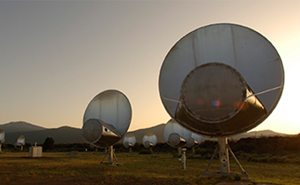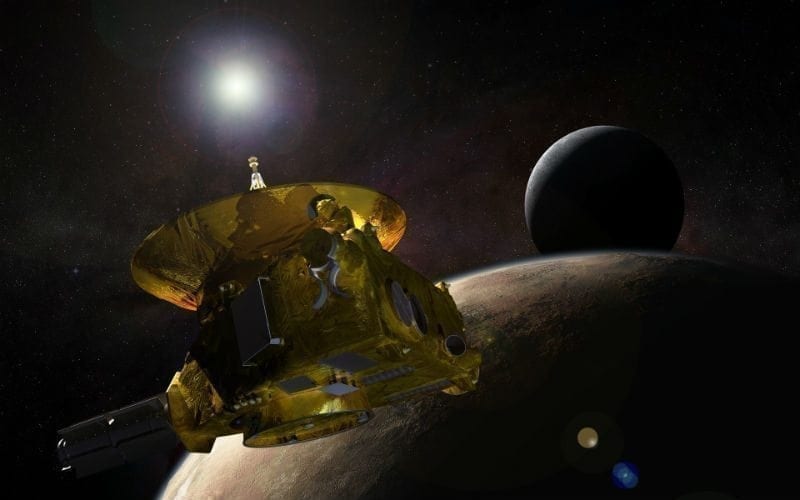Is E.T. real? Can we travel to Mars? How far away are the stars? Are there other worlds we can travel to, and what are they like? Can we discover life on other worlds? Intriguing questions like these motivate young people to pursue STEM careers and to gaze at the night sky and wonder: Are we alone in the universe?

SETI Institute scientists pursue research focused on the search for life beyond Earth to find the answers. We share the excitement of our research – whether it’s about looking out into deep space to discover exoplanets or diving beneath ice-covered lakes in Antarctica to search for extremophiles. We search and share our adventures and discoveries with people everywhere.
Listeners can tune in to our weekly radio show Big Picture Science to hear about the frontiers of discovery. Hosted by Seth Shostak – who is a Senior Astronomer, a SETI researcher, and a Nifty Fifty speaker at the USA Science & Engineering Festival – and Molly Bentley, BiPiSci tackles topics as diverse as quantum physics, animal intelligence, time travel, and whether Pluto is a planet. The episode “Dogged Pursuit of Pluto” featured Alan Stern, Chief Scientist for the New Horizons Mission to Pluto, asserting that Pluto is a planet, while Neil deGrasse Tyson, astrophysicist and Director of the Hayden Planetarium, and Mike Brown of Cal Tech insisted on Pluto’s demotion. Plus, Mark Showalter of the SETI Institute – who discovered two new moons orbiting Pluto as New Horizons approached the frozen world – lent his expertise. One of these new moons was christened Styx, and the band, STYX, showed up to honor Mark. Rock on!
Good science also brings a healthy dose of skepticism to the table, and Shostak and Bentley do the same with periodic “Skeptic Check” episodes. They tackle the latest questions with keen insights and wry humor. What about vaccination? Evolution? Cryonics? Gluten-free diets? Paleo diets? Do Big Foot and Yeti exist? Are we addicted to sugar? Is King Tut’s tomb cursed? Listeners can tune in to broadcasts or listen via podcast, joining the worldwide audience. Every week BiPiSci brings new people and ideas to the airwaves at Radio SETI
Beyond BiPiSci, there is SETI Talks, which features scientists from the Institute and elsewhere who are on the cutting-edge of science. These weekly talks range from the exploration of Mars to the discovery of exoplanets and the work of human space explorers. Can we safely travel to Mars and survive? If we do, how can we protect Mars from Earth-based life contaminating its surface? Can we detect life on Mars from orbit or with rovers? The Search for Extraterrestrial Intelligence (SETI) always draws large audiences to hear about our latest work with the Allen Telescope Array at Hat Creek Radio Observatory. SETI Talks is also on YouTube:
We understand the importance of involving young people in STEM. Currently, we lead a consortium to develop new space science badges for Girl Scouts, train Girl Scout volunteers, and offer astronomy camp and eclipse events for older Girl Scouts. We also work with STEM educators, providing training and high tech immersion experiences on board NASA’s Stratospheric Observatory for Infrared Astronomy (SOFIA), a 747-SP that carries a telescope to high altitudes to observe the infrared universe. We continue to search for life beyond Earth, and are always asked, “Have you heard from ET?” Stay tuned to find out.
Featured Image Courtesy of NASA










